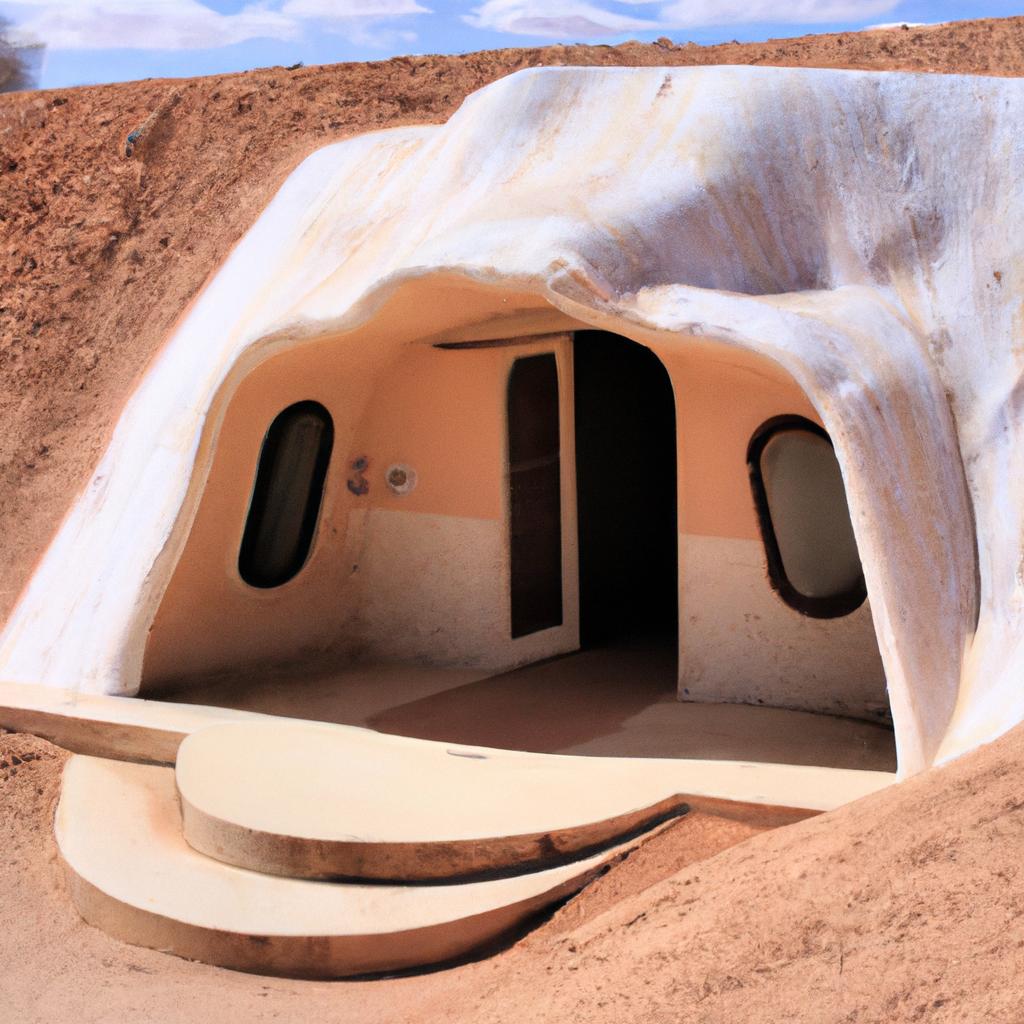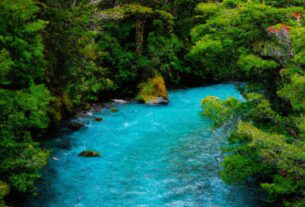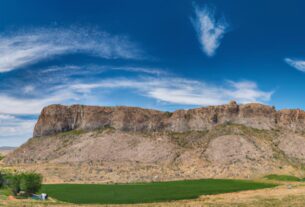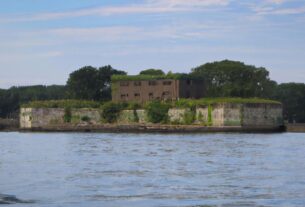Coober Pedy, a small town nestled in the heart of the Australian Outback, offers a lifestyle unlike any other. Its residents have ingeniously carved their homes, businesses, and even churches underground to escape the scorching heat of the desert. Let’s delve into the history, benefits, challenges, tourism, and future of this extraordinary underground living.
A Historical Escape from the Heat
The allure of living underground in Coober Pedy stemmed from necessity. In the early 1900s, miners flocked to the area, lured by the promise of opals. To combat the harsh desert conditions, miners began excavating their homes beneath the surface, seeking respite from the relentless heat. This trend soon flourished, blossoming into entire subterranean neighborhoods.
Today, Coober Pedy holds the title of the “Opal Capital of the World.” Its underground homes have become more than just dwellings; they’re a testament to human ingenuity and innovation. The town boasts over 1,500 underground homes, including hotels, restaurants, and an awe-inspiring underground church.
The Cool and Sustainable Underground Lifestyle
Living below the surface in Coober Pedy offers a multitude of benefits. Firstly, underground homes provide natural insulation against the extreme desert temperatures. Unlike the scorching surface, the underground stays cool during the summer and pleasantly warm during the winter months.
Energy efficiency is another advantage of this unique lifestyle. Underground homes require less energy to heat and cool, resulting in lower energy bills. Moreover, their natural insulation minimizes noise pollution, creating tranquil and serene living spaces.
The architectural wonders of Coober Pedy’s underground homes have also become a draw for tourists. Visitors can experience the novelty of staying in underground hotels, dining in subterranean restaurants, and exploring the diverse underground homes that dot the town. With this surge in tourism, Coober Pedy has experienced economic prosperity, generating job opportunities and boosting the local economy.
Protection from Extreme Temperatures
Living underground in Coober Pedy offers refuge from the region’s extreme temperatures. Bathed in the scorching Australian Outback, this town faces soaring temperatures regularly exceeding 100 degrees Fahrenheit. However, underground homes provide natural insulation, offering a cooler sanctuary during summer and warmth during winter. By reducing the need for excessive heating and cooling, underground living promotes sustainability while keeping energy bills manageable.
Energy Efficiency and Sustainability
Compared to their conventional counterparts, underground homes in Coober Pedy prove to be more energy-efficient and sustainable. Earth’s natural insulation significantly reduces the energy required for temperature control, leading to lower utility bills. Furthermore, underground living minimizes land usage, resulting in less environmental disruption. Many underground homes boast eco-friendly features such as green roofs and solar panels, further enhancing their sustainability.
Unique and Fascinating Living Spaces
Architecturally captivating, Coober Pedy’s underground homes boast distinctive designs. With homes carved into hillsides, they showcase stunning natural rock formations and curved walls. Each dwelling possesses a one-of-a-kind charm, custom-designed to suit its owner’s tastes. The underground homes offer privacy, seclusion, and a peaceful respite from the outside world.
Challenges of Underground Living
Living underground in Coober Pedy does present its share of challenges. The absence of natural light and limited ventilation pose significant hurdles. With homes nestled below ground, sunlight remains scarce, potentially impacting residents’ well-being. Adequate ventilation is also crucial for maintaining good air quality and preventing health issues.
Health concerns accompany living below the surface as well. Limited ventilation can lead to respiratory problems, while damp environments risk fostering mold growth. Additionally, the isolated nature of underground living can impact mental well-being.
Maintenance and upkeep of underground homes pose additional challenges. Regular maintenance, including waterproofing and ventilation system checks, is necessary. Furthermore, the homes’ integration with hillsides makes them susceptible to erosion and potential damage from earthquakes. Diligent upkeep ensures the safety and habitability of these unique dwellings.
Embracing the Underground Tourism Experience
Coober Pedy’s underground homes have become a magnet for tourists. Visitors flock from around the globe, enamored by the town’s architectural wonders, culture, and lifestyle. Must-see attractions include the Underground Serbian Orthodox Church, the Old Timers Mine, and the Umoona Opal Mine and Museum. To fully immerse themselves in the underground experience, visitors can stay in underground hotels, dine in subterranean restaurants, and peruse underground stores for souvenirs.
Tourism plays a pivotal role in Coober Pedy’s economy, generating job opportunities and fostering economic growth. The town heavily relies on this industry, with over 80% of its income stemming from tourism. Embracing the tourism influx, residents readily open their underground homes to guests, proudly sharing their unique lifestyle and culture with the world.
A Bright Future for Sustainable Underground Living
The future of underground living in Coober Pedy is promising, characterized by growth and development. As global consciousness surrounding sustainability deepens, the demand for eco-friendly living options continues to rise. Underground living in Coober Pedy epitomizes sustainable living, requiring fewer resources and energy consumption to maintain comfort, making it an appealing choice for those seeking to reduce their carbon footprint.
As the world seeks sustainable alternatives, Coober Pedy could become a beacon of eco-friendly living. With targeted investments and development, the town has the potential to emerge as a hub for sustainable living, attracting residents and visitors passionate about sustainability and environmental preservation.
In conclusion, Coober Pedy’s underground lifestyle captivates with its uniqueness and eccentricity. Its residents have forged a sustainable, eco-friendly community that fascinates tourists and bolsters the local economy. With continued investment and development, Coober Pedy’s underground living could serve as a model for sustainable living, inspiring communities worldwide to embrace a more environmentally conscious way of life.



